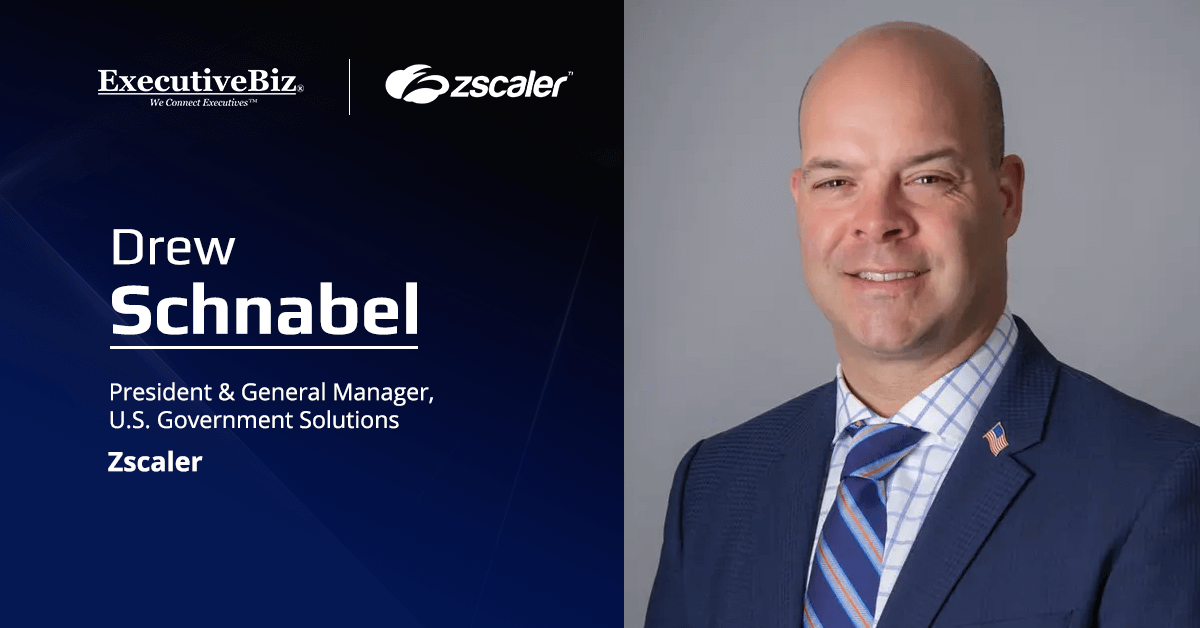By Jason English, senior vice president of supply chain risk and vendor vetting at Babel Street
In an era of global interconnectivity, supply chains are the lifelines of commerce, technology and national security. Yet, the last few years have exposed the fragility of these intricate systems. From pandemics to natural disasters, geopolitical conflicts and cyberattacks, the disruptions have been relentless. The implications are far-reaching: delayed deliveries, increased costs, national security vulnerabilities and eroded trust in critical industries.
Supply chain risk and contested logistics are interdependent — supply chain vulnerabilities create opportunities for adversaries to disrupt logistics, while effective risk mitigation strategies enhance resilience in contested environments. The ripple effects of contested logistics touch nearly every industry. Hyperscalers, semiconductors, rare earth minerals and energy infrastructure are not only essential to the global economy but are also targeted by adversaries seeking to disrupt key supply chains. Understanding the interconnectedness of these sectors is essential to crafting effective mitigation strategies.
The traditional approach to supply chain management — prioritizing efficiency over resilience — has proven inadequate in addressing modern challenges. To adapt, organizations must rethink their strategies, moving from reactive problem-solving to proactive risk mitigation. Organizations must leverage advanced analytics, continuous monitoring and real-time vendor risk assessments to safeguard supply chains and ensure operational effectiveness against adversarial actions. One powerful tool at the forefront of this shift is open-source intelligence, a.k.a. OSINT. By leveraging publicly available data, OSINT provides unparalleled visibility into potential disruptions, adversarial actions and hidden vulnerabilities.
The Rise of Contested Logistics
Supply chains are no longer mere conduits for goods; they have become battlegrounds in the quest for global power and domination. Contested logistics is the intentional targeting of logistics operations, infrastructure, facilities and supply chains by adversarial actors to gain geopolitical or economic leverage. Key players such as Russia, China, Iran and North Korea have actively weaponized logistics to erode Western influence and limit access to critical resources.
Recent examples of contested logistics include:
- Russia’s Arctic ambitions: State-owned entities, such Rosatom, play a pivotal role in advancing Russia’s strategic interests in the Arctic, a prominent region for shipping routes and natural resources. Monitoring these activities reveals broader geopolitical intentions and vulnerabilities.
- The Panama Canal: A chokepoint of global trade, the Panama Canal has seen an increased presence of Chinese companies. Tracking investments and activities in this region is vital to understanding potential leverage points.
- Global shadow fleets: Shipping networks used to circumvent sanctions and economic countermeasures illustrate how adversaries upend global trade norms.
The Role of OSINT in Supply Chain Resilience
OSINT provides the tools needed to navigate this complex landscape. By aggregating and analyzing publicly available data, OSINT enables organizations to detect and mitigate risks in real time.
Below is an overview of key capabilities:
- Monitoring real-time disruptions: OSINT platforms can identify emerging threats, such as labor strikes, natural disasters, or geopolitical instability, providing early warnings to stakeholders.
- Tracking vendor ecosystems: By illuminating the web of relationships between vendors, OSINT helps identify vulnerabilities, including connections to adversarial entities or non-compliant suppliers.
- Exposing illicit networks: From shadow fleets to counterfeit goods, OSINT uncovers hidden activities that undermine global trade norms.
Supply Chain Best Practices
Success in contested environments requires a clear strategy, long-term commitment and the ability to adapt to evolving challenges. Supply chain resilience is not solely the responsibility of governments or individual companies. It requires a coordinated effort across public and private sectors. Governments can provide legislative frameworks and incentives, such as the CHIPS Act, to promote domestic production of strategic resources like semiconductors. Meanwhile, private companies must invest in advanced analytics and OSINT platforms to stay ahead of potential disruptions. By aligning their efforts, public and private entities can create a more resilient global supply network.
Through public-private sector collaboration, cutting-edge analytics and taking a proactive stance, organizations can build resilience in the face of contested logistics to ensure the continuity of global commerce and economic prosperity.





